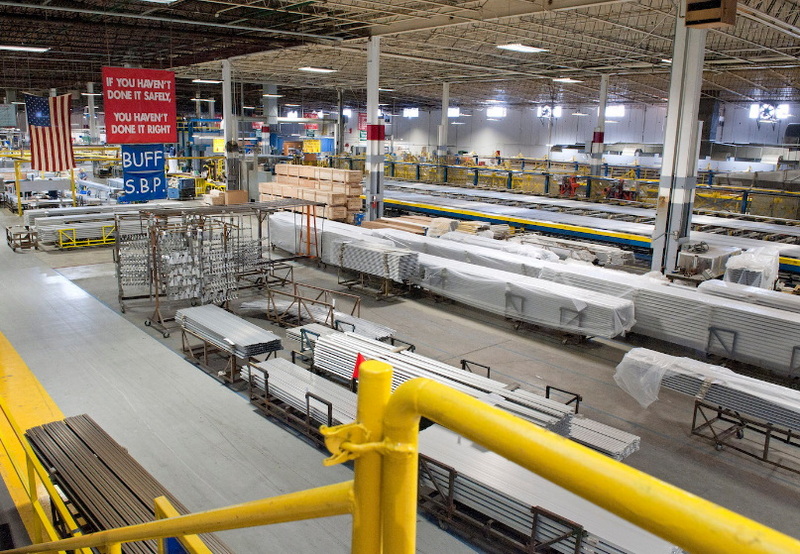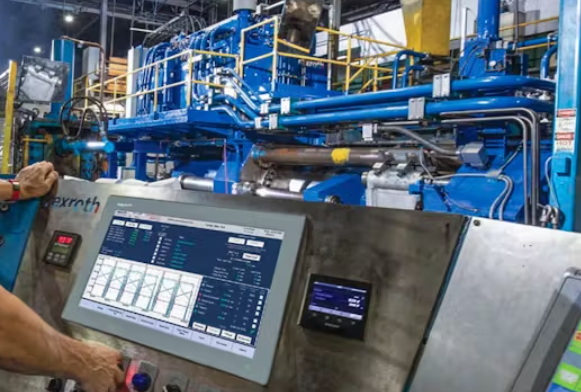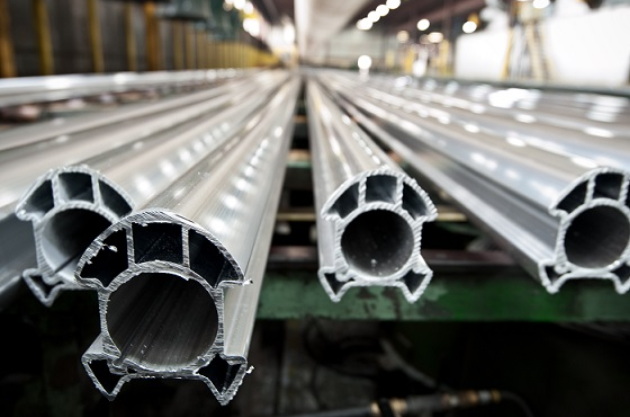Content Menu
● Introduction to Vinyl Beading
>> Features of Vinyl Beading
● Installation of Vinyl Beading
>> Tools Needed for Installation
● Benefits of Vinyl Beading for Aluminum Windows
>> Comparison with Aluminum Glazing Bead
● Trends in Vinyl Beading for Aluminum Windows
>> Use of Recycled Materials
>> Customization Options
● Advanced Vinyl Beading Technologies
>> Impact of Technology on Vinyl Beading
● Vinyl Beading for Different Window Styles
>> Compatibility with Window Frames
● Maintenance and Repair of Vinyl Beading
>> Tips for Extending Lifespan
● Conclusion
● FAQs
>> 1. What is the best type of vinyl beading for aluminum windows?
>> 2. How do I install vinyl beading on an aluminum window?
>> 3. What are the benefits of using vinyl beading over aluminum glazing bead?
>> 4. Can vinyl beading be used with other types of windows?
>> 5. How do I maintain vinyl beading on aluminum windows?
When it comes to enhancing the functionality and aesthetic appeal of aluminum windows, vinyl beading plays a crucial role. Vinyl beading, also known as vinyl glazing bead, is used to secure the glass in place within the frame of a window. It is particularly important for aluminum windows, as it provides a durable and weather-resistant seal that prevents air and water from entering the window frame. In this article, we will explore the best vinyl beading options for aluminum windows extruders, focusing on their features, installation methods, and benefits.

Introduction to Vinyl Beading
Vinyl beading is made from polyvinyl chloride (PVC), which is a versatile and durable material. It is designed to fit snugly around the glass pane, ensuring a tight seal that maintains the structural integrity of the window. Vinyl beading is available in various styles and sizes, making it compatible with different window designs.
Features of Vinyl Beading
1. Durability: Vinyl beading is resistant to weathering and UV degradation, ensuring it remains effective over time.
2. Flexibility: It can be easily cut to size and shaped to fit different window frames.
3. Energy Efficiency: By providing a tight seal, vinyl beading helps reduce heat loss and energy consumption.
Installation of Vinyl Beading
Installing vinyl beading involves several steps:
1. Preparation: Ensure the window frame is clean and free of debris.
2. Measurement: Measure the length of beading required for each side of the window.
3. Cutting: Use a saw or utility knife to cut the beading to the correct length.
4. Installation: Place the beading into the frame, using a hammer and wood block to secure it in place.
Tools Needed for Installation
- Hammer
- Chisel
- Utility Knife
- Wood Block
- Safety Glasses
Benefits of Vinyl Beading for Aluminum Windows
1. Weather Resistance: Vinyl beading provides a strong barrier against rain and wind.
2. Energy Efficiency: It helps maintain a consistent indoor temperature by preventing heat loss.
3. Aesthetic Appeal: Available in various colors, vinyl beading can match different window designs.
Comparison with Aluminum Glazing Bead
While aluminum glazing bead is also popular, vinyl beading offers advantages in terms of cost and ease of installation. Aluminum glazing bead is more durable but can be more expensive and requires additional tools for installation.
| Feature | Vinyl Beading | Aluminum Glazing Bead |
| Material | PVC | Aluminum |
| Durability | Resistant to weathering | Highly durable, resistant to corrosion |
| Installation | Easy to install, flexible | Requires screws or fasteners, more complex |
| Cost | Generally less expensive | More expensive |
| Aesthetic | Available in various colors | Sleek, modern appearance |
Trends in Vinyl Beading for Aluminum Windows
Recent trends in vinyl beading include the use of recycled materials and the development of more energy-efficient designs. Manufacturers are also focusing on customizing vinyl beading profiles to fit specific architectural styles.
Use of Recycled Materials
Using recycled PVC in vinyl beading reduces environmental impact and supports sustainable building practices. This trend is becoming increasingly popular as consumers seek eco-friendly solutions for their homes.
Customization Options
Custom vinyl beading profiles allow homeowners and builders to match their windows with specific architectural designs, enhancing both functionality and aesthetic appeal. This customization can also help in preserving historical building styles by replicating traditional window designs.

Advanced Vinyl Beading Technologies
Advancements in vinyl beading technology have led to the development of more sophisticated products. These include:
1. Thermal Break Beading: Designed to reduce heat transfer between the inside and outside of the window, enhancing energy efficiency.
2. Reinforced Beading: Incorporates additional materials for increased strength and durability.
3. Color Retention Technology: Ensures that the color of the beading remains vibrant over time, resisting fading due to UV exposure.
Impact of Technology on Vinyl Beading
These technological advancements have significantly improved the performance and longevity of vinyl beading. They offer better insulation, increased durability, and enhanced visual appeal, making vinyl beading a preferred choice for modern window designs.
Vinyl Beading for Different Window Styles
Vinyl beading is versatile and can be used with various window styles, including:
1. Double-Hung Windows: Vinyl beading helps maintain the sash's position and ensures smooth operation.
2. Casement Windows: It provides a secure seal around the glass, preventing air leaks.
3. Sliding Windows: Vinyl beading helps reduce friction and wear on the sliding components.
Compatibility with Window Frames
The flexibility of vinyl beading allows it to be easily adapted to different window frame materials, such as aluminum, vinyl, or wood. This compatibility makes it a practical choice for both new constructions and window replacements.
Maintenance and Repair of Vinyl Beading
Regular maintenance is essential to ensure the longevity of vinyl beading. This includes:
1. Inspection: Regularly inspect the beading for signs of wear or damage.
2. Cleaning: Clean the beading with soap and water to maintain its appearance and functionality.
3. Replacement: If damaged, replace the beading promptly to prevent air leaks and water intrusion.
Tips for Extending Lifespan
- Avoid using harsh chemicals that can degrade the PVC material.
- Keep the window frames clean to prevent debris from accumulating under the beading.
- Perform annual inspections to catch any issues before they become major problems.
Conclusion
Vinyl beading is an essential component for aluminum windows, offering durability, ease of installation, and energy efficiency. By choosing the right vinyl beading, homeowners can enhance the performance and appearance of their windows. Whether you're looking for cost-effectiveness or customization options, vinyl beading provides a versatile solution.

FAQs
1. What is the best type of vinyl beading for aluminum windows?
The best type of vinyl beading for aluminum windows is typically a duo-durometer product, which combines flexibility with a rigid shape. This ensures a secure fit and durability over time.
2. How do I install vinyl beading on an aluminum window?
To install vinyl beading, measure the required length, cut the beading, and place it into the frame. Use a hammer and wood block to secure it in place.
3. What are the benefits of using vinyl beading over aluminum glazing bead?
Vinyl beading is generally less expensive and easier to install than aluminum glazing bead. It also offers flexibility in terms of color options.
4. Can vinyl beading be used with other types of windows?
Yes, vinyl beading can be used with various window types, including vinyl and wood windows, though it is most commonly associated with aluminum windows.
5. How do I maintain vinyl beading on aluminum windows?
Regularly inspect the beading for signs of wear or damage. Clean the beading with soap and water to maintain its appearance and functionality.













